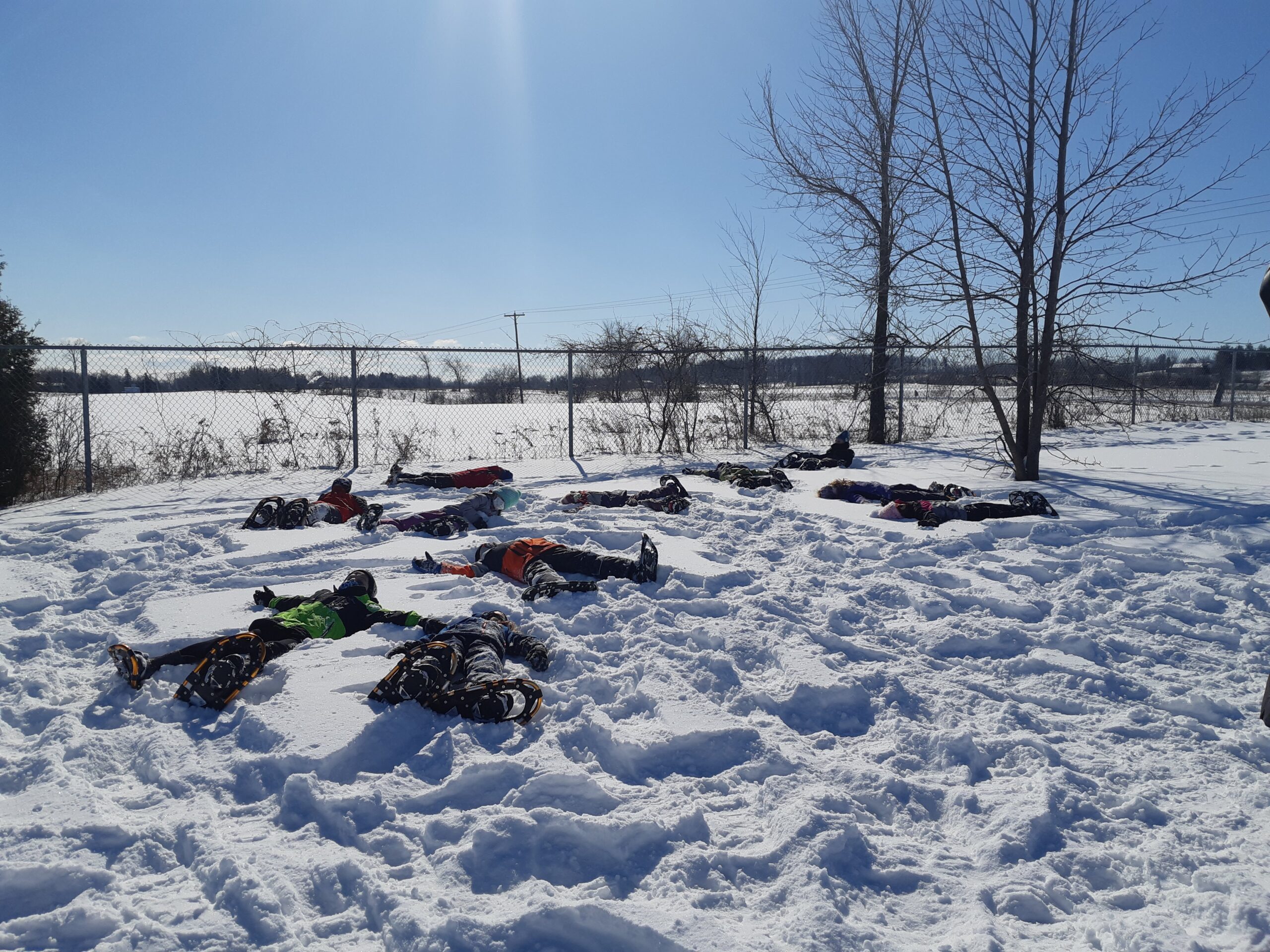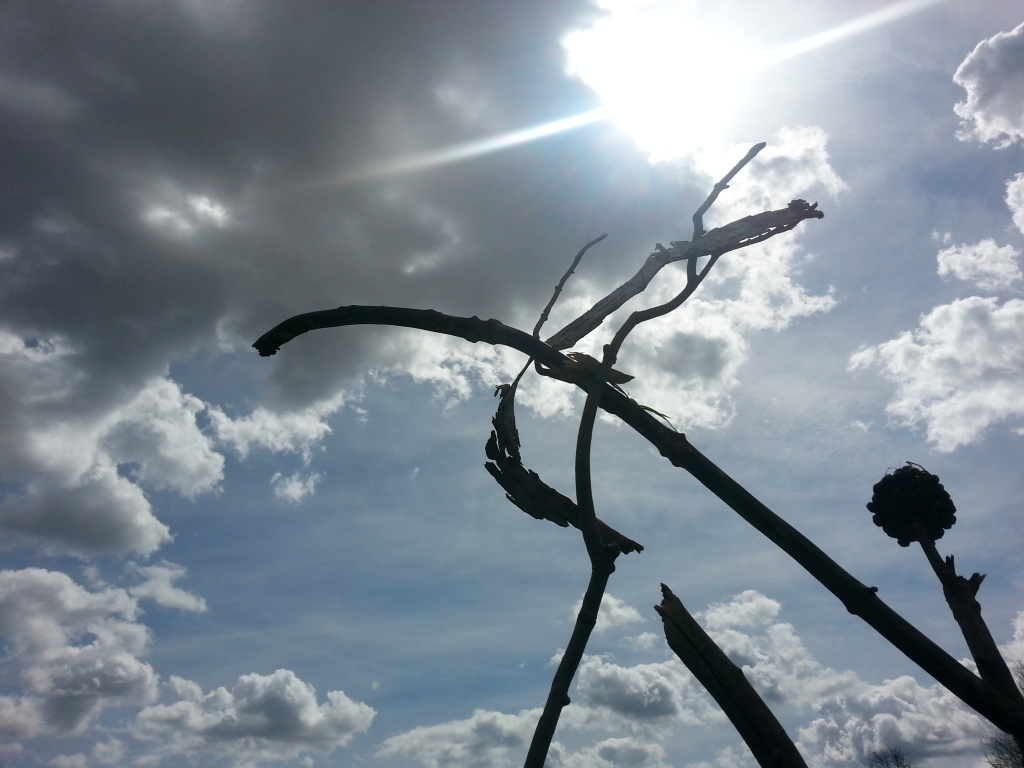
Engaging Your Senses! (all seasons)
How far can owls really see? How does a fox move in silence? This workshop explores the forest and natural area using all 5 senses. Heightening the senses allows the students to experience the natural world more intently as they take notice of new discoveries within nature. There are more than a dozen possible activities so this program can be tailored to the needs of each class/grade in order to focus on particular curriculum and interests.
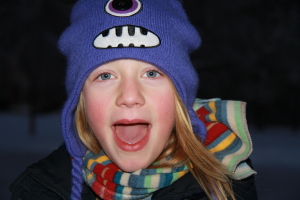
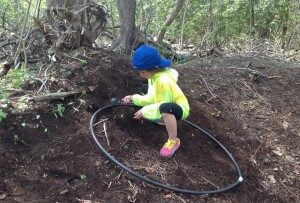
Curriculum Links
Grade One
- investigate and compare the physical characteristics of a variety of plants and animals, including humans
- investigate characteristics of parts of the human body, including the five sense organs, and explain how those characteristics help humans
- meet their needs and explore the world around them
- taking part in daily physical activity
Grade Two
- Positive and negative impact of human activity on animals
- Observe and compare physical characteristics and behavioral characteristics of a variety of animals including insects
- Taking part in daily physical activity
- Identify the five senses and describe how each functions
Grade Three
- Impact of humans on plants
- Identify ways plants are important
- Changes to plants during a life cycle
- Taking part in daily physical activity
A Bug’s World (fall and spring, land and and water programs available)
What is an insect? How are bugs and spiders different? Through exploring, catching and observing these tiny creatures the students will see how different insects live in our community. Games and activities will also further the understanding of our insect friends and may answer questions like, why are certain insects colourful and why do bees dance?
Curriculum Links
Grade One
- Learn problems that could result from the loss of some kinds of living things
- Follow established safety procedures and humane practices during science and technology investigations
- Identify what living things provide for other living things
- vIdentify environment as the area in which something or someone exists or lives
Grade Two
- Follow established safety procedures and humane practices specific to the care and handling of live animals
- Observe and compare the physical and behavioral characteristics of a variety of animals
- Investigate the life cycle of the life cycle of a variety of animals using a variety of methods and resources.
- Observe and compare changes in the appearance and activity of animals as they go through a complete life cycle
- Describe locamotion of different animals
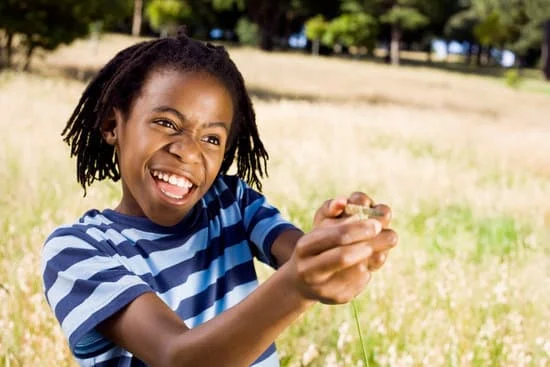
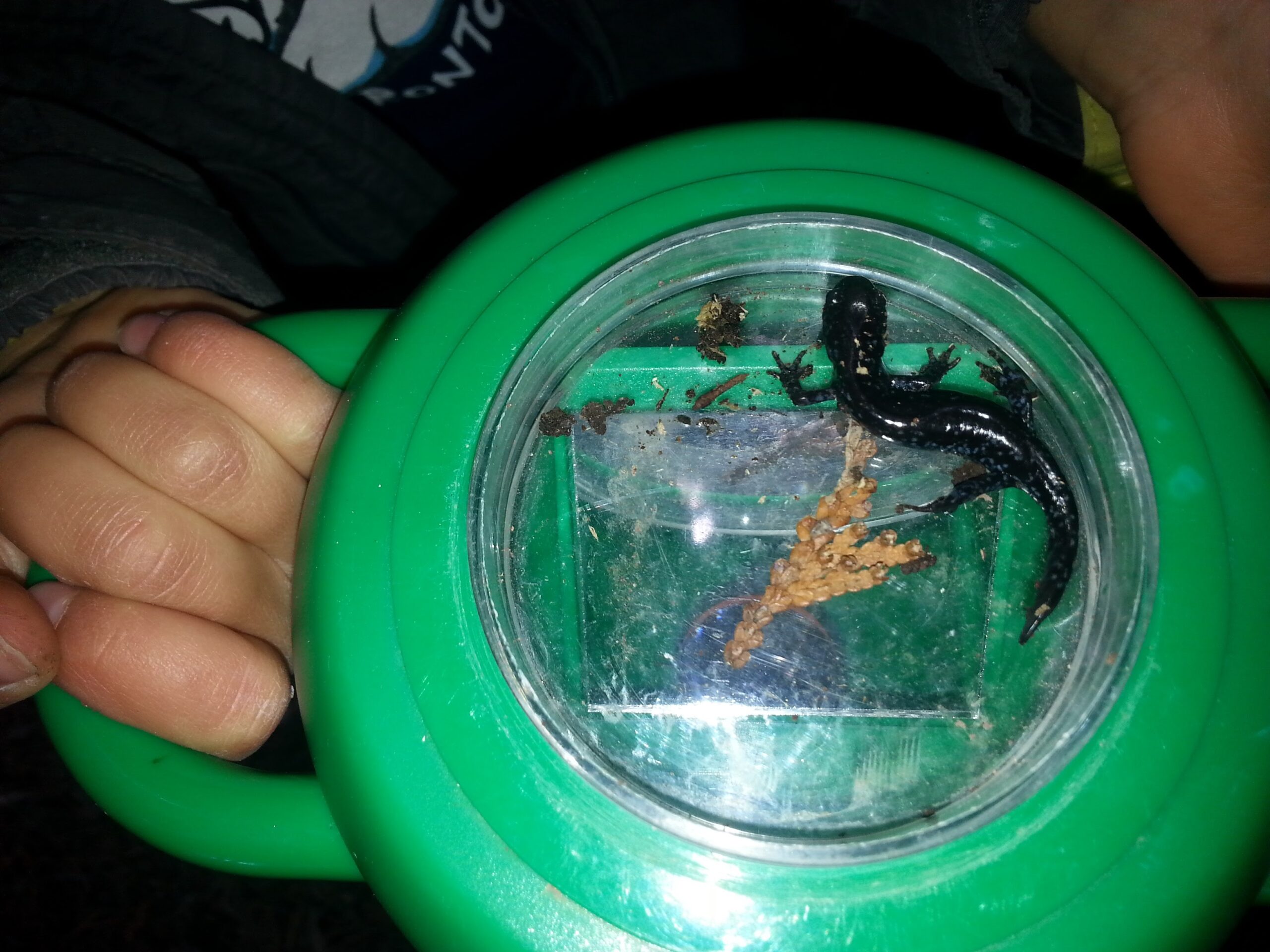
Animal Babies (all seasons)
What are the needs of animal babies and how are their needs similar or different from one another? During this workshop, the students will explore what it would be like to be an animal baby and parent by looking at the needs of a baby mammal. Where does the baby live and what does it need to survive? What are the changes that happen in the first weeks of their lives? What does it take to keep a baby warm in the cold nights? The students will explore and observe in order to find out answers to these, and other questions.
Curriculum Links
Grade One
- Investigate and compare the physical characteristics of a variety of plants and animals, including humans
- Showing care and respect for the environment.
- Identify what living things provide for other living things
- How things plants and animals use to meet their needs are changed by their use and returned to the environment (nests)
Grade Two
- observe and compare the physical characteristics (e.g., fur or feathers; two legs or no legs) and the behavioural characteristics (e.g., predator or prey) of a variety of animals, including insects,
- observe and compare changes in the appearance and activity of animals as they go through a complete life cycle (e.g., frog, butterfly)
- investigate the ways in which a variety of animals adapt to their environment and/or to changes in their environment, using various methods
- use appropriate science and technology vocabulary, including life cycle, migration, adaptation, body coverings, and classify, in oral and written communication
- describe an adaptation as a characteristic body part, shape, or behaviour that helps a plant or animal survive in its environment (e.g., some birds migrate to a warmer climate for the winter
- describe the locamotion of various animals
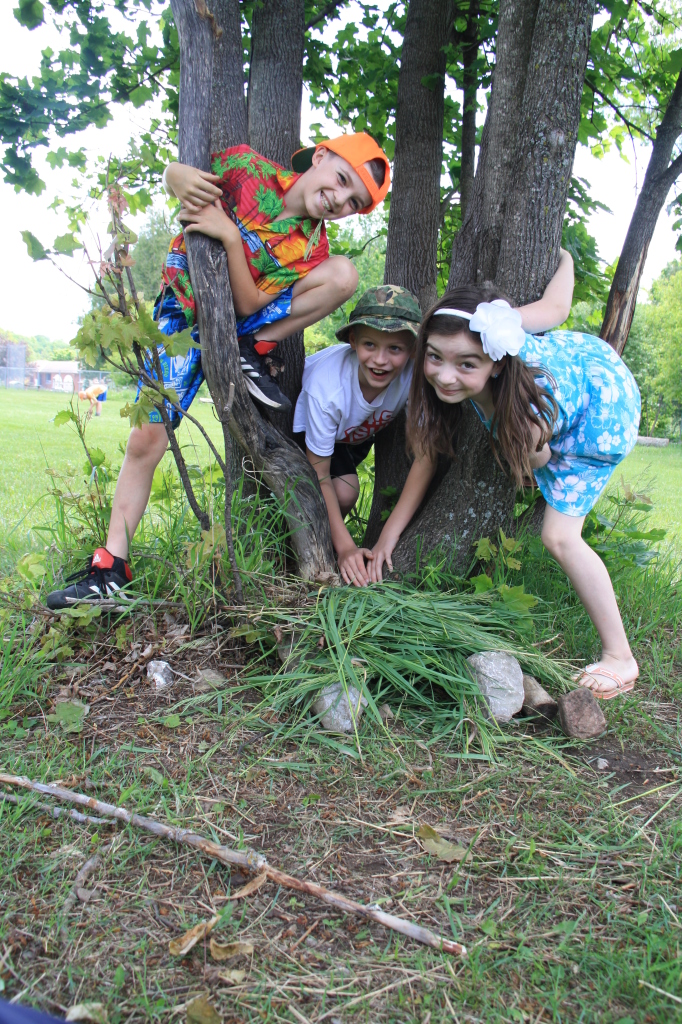
Our Feathered Friends (all seasons)
Our fascination with birds starts young and continues throughout our lives. This engaging bird program will allow the students to gain understanding of what it is like to be a bird. What do all those bird calls mean? How much work goes into eating, building nests and plain old survival for a bird? Students will see what it is like to replace the use of their hands with a beak.
Curriculum Links
Grade One
- Investigate and compare the physical characteristics of a variety of plants and animals, including humans
- Showing care and respect for the environment.
- Identify what living things provide for other living things
- How things plants and animals use to meet their needs are changed by their use and returned to the environment (nests)
Grade Two
- observe and compare the physical characteristics (e.g., fur or feathers; two legs or no legs) and the behavioural characteristics (e.g., predator or prey) of a variety of animals, including insects,
- observe and compare changes in the appearance and activity of animals as they go through a complete life cycle (e.g., frog, butterfly)
- investigate the ways in which a variety of animals adapt to their environment and/or to changes in their environment, using various methods
- use appropriate science and technology vocabulary, including life cycle, migration, adaptation, body coverings, and classify, in oral and written communication
- describe an adaptation as a characteristic body part, shape, or behaviour that helps a plant or animal survive in its environment (e.g., some birds migrate to a warmer climate for the winter
- describe the locamotion of different animals
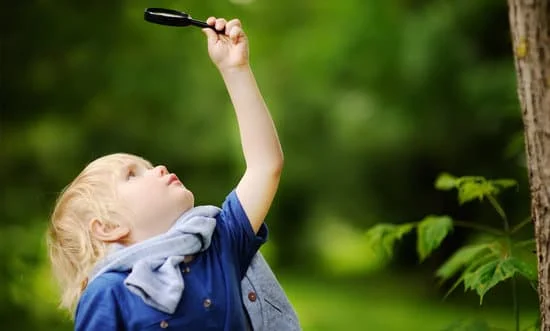
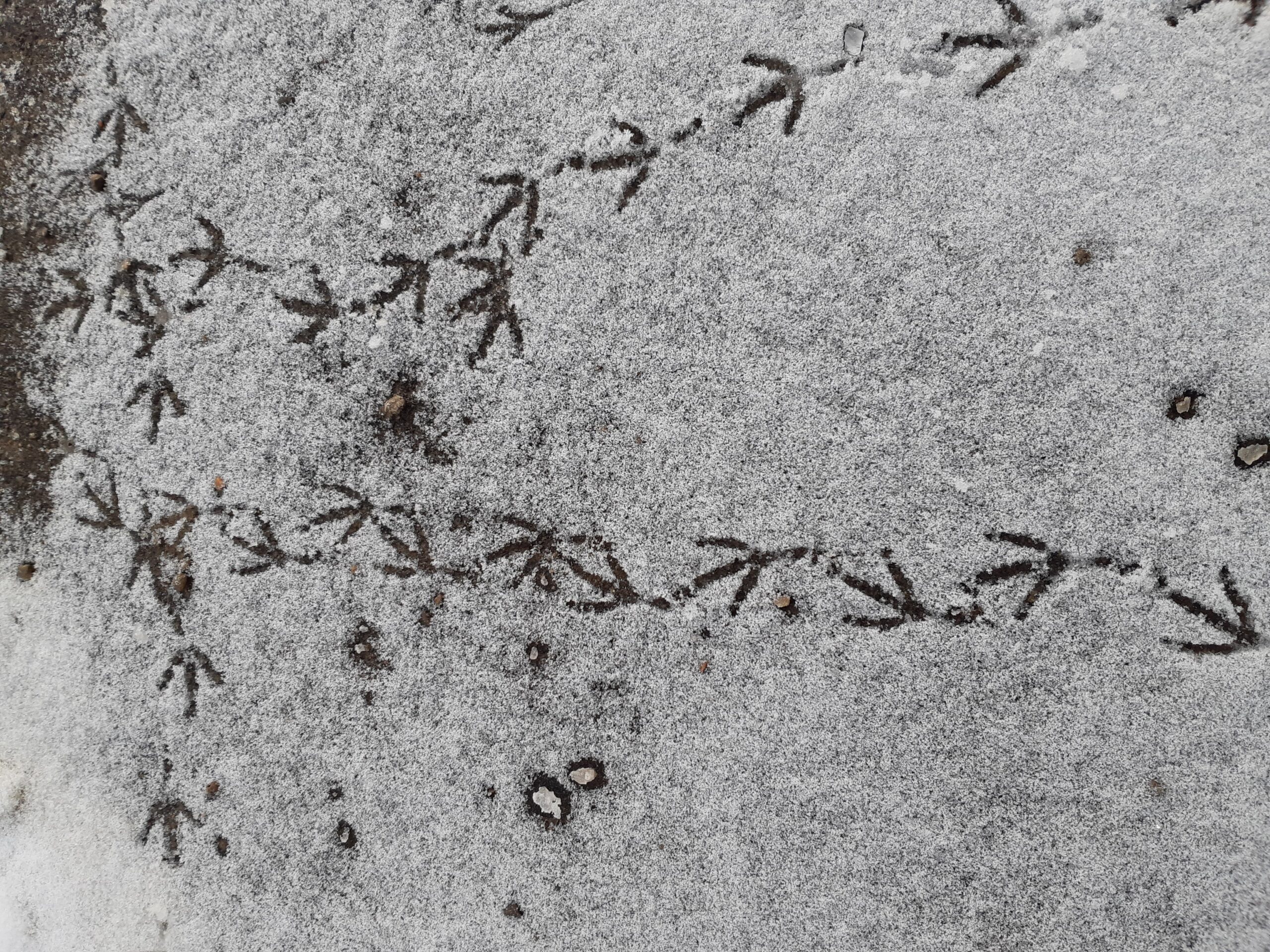
The Wonderful Water Cycle (fall and spring)
The students will get to experience what it is like to be a molecule of water as the sun moves it through the water cycle. They will work with each other by moving these water molecules through the many stages of this important cycle. The second part of this workshop looks at one of the most fascinating component of our water cycle when water is hanging in the air in cloud formations. What happens to the water that evaporates from lakes and rivers? The students will have time to explore clouds through science and art.
Curriculum Links
Grade Two
- Identify objects in nature as solids or liquids
- Identify conditions in which liquids and solids remain constant and change
- Assess impact of human action on air and water
- Characteristics of water
- Stages of the water cycle
- Asses the impact of human activities on air and water, taking various perpectives into consideration including those of First Nation, Metis and Inuit and plan a course of action to protect the quality of air and water in the local community
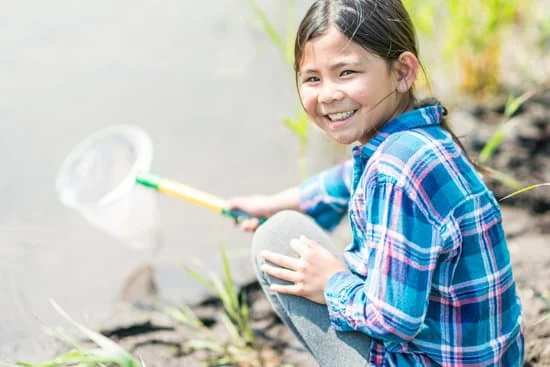
Trees and Dichotomous Keys (fall and spring)
Using a combination of sensory activities and classification tools, students will have a chance to understand the diversity and importance of trees in their local community. Using a dichotomous key, students will sort and organize their discoveries helping them to understand local tree diversity and the amazing place they have in our natural world.
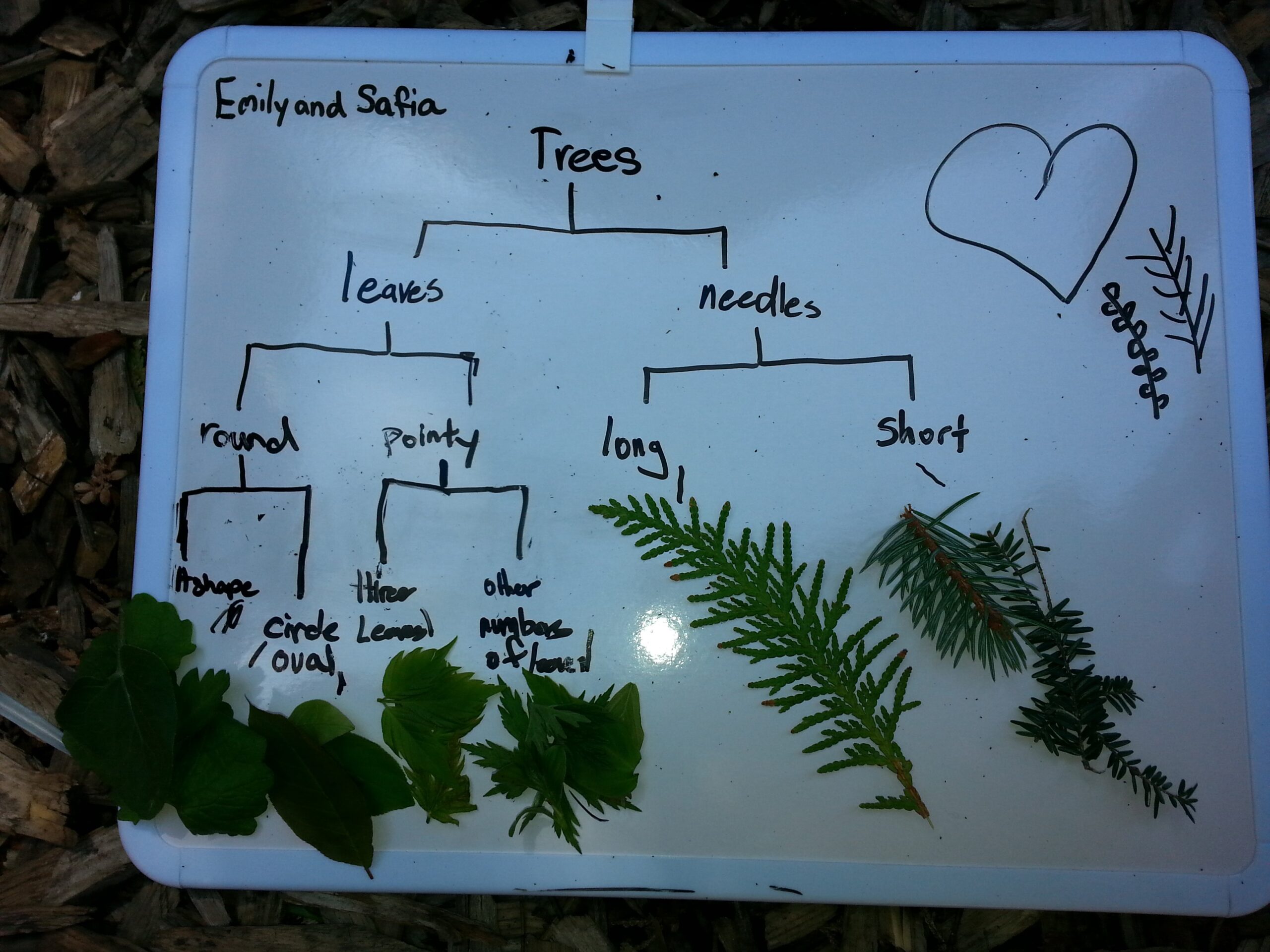
Curriculum Links
Grade Three
- What are the ways plants are important
- Impact of humans on plants
- Observe and compare different parts of the plants
- Basic needs of plants
- Identify major pats of plants and how does it contribute to plants survival
- Changes to plants during a life cycle
- Describe how most plants get energy to live directly from the sun
- Describe various plants used for food, including those grown by First Nations, Metis and Inuit and identify local settings where these plants could be grown and found
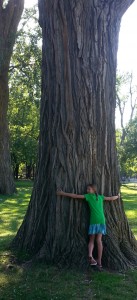
Soils... Beyond Dirt (fall and spring)
This interactive program will have the students exploring, collecting, examining and even making soil. Through a series of activities and games, students will gain a better understanding of the components of soil, how it is made, what is living within it and why it is so important for all living things.
Curriculum Links
Grade Three
- Investigate the components and condition of soil
- Identify and describe the different types of soils
- Assess the impact of soils on society and the environment, and suggest ways in which humans can enhance positive and/or lessen or prevent harmful effects.
- Explain the process of erosion including its causes and impact on soils
- Identify various strategies used to maintain and improve soil health
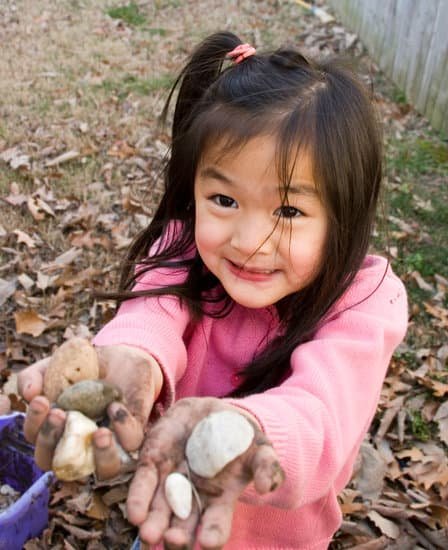
How Does Your Garden Grow? (spring program)
Understanding the stages of growth is most powerful when you get to eat the final stage. Students will take part in a three stage program geared at creating a small vegetable garden in the school yard. They will watch their seeds grow, understand the importance of good soil, water and sun and harvest some springtime treats.
Curriculum Links
Grade Three
- What are the ways plants are important
- Impact of humans on plants
- Observe and compare different parts of the plants
- Basic needs of plants
- Identify major pats of plants and how does it contribute to plants survival
- Changes to plants during a life cycle
- Describe how most plants get energy to live directly from the sun
- What are the benefits and limitations of locally grown food?
- Describe different plants used for food, including those grown by First Nations, Metis and Inuit and identify local settings where these plants could be grown and found
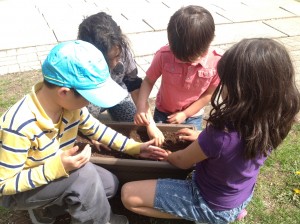
Park Art (all seasons)
Students will be inspired to connect with the natural world through art. Engaging in art in the out or doors promotes careful examination of the world around us and our relationship with our environment and inspires some great work too!
Curriculum Links
Grade One
- demonstrate an understanding of composition, using principles of design to create narrative art works or art works on a theme or topic
- use a variety of materials, tools and techniques to respond to design challenges
- dentify, describe, extend and create repeating patterns
- Basic needs of plants
Grade Two
- create two- and three-dimensional works of art that express feelings and ideas inspired by activities in their community or observations of nature
- identify, describe, extend and create repeating patterns, growing patterns and shrinking patterns
Grade Three
- two- and three-dimensional works of art that express personal feelings and ideas inspired by the environment or that have the community as their subject
- describe, extend and create a variety of numeric patterns and geometric patterns
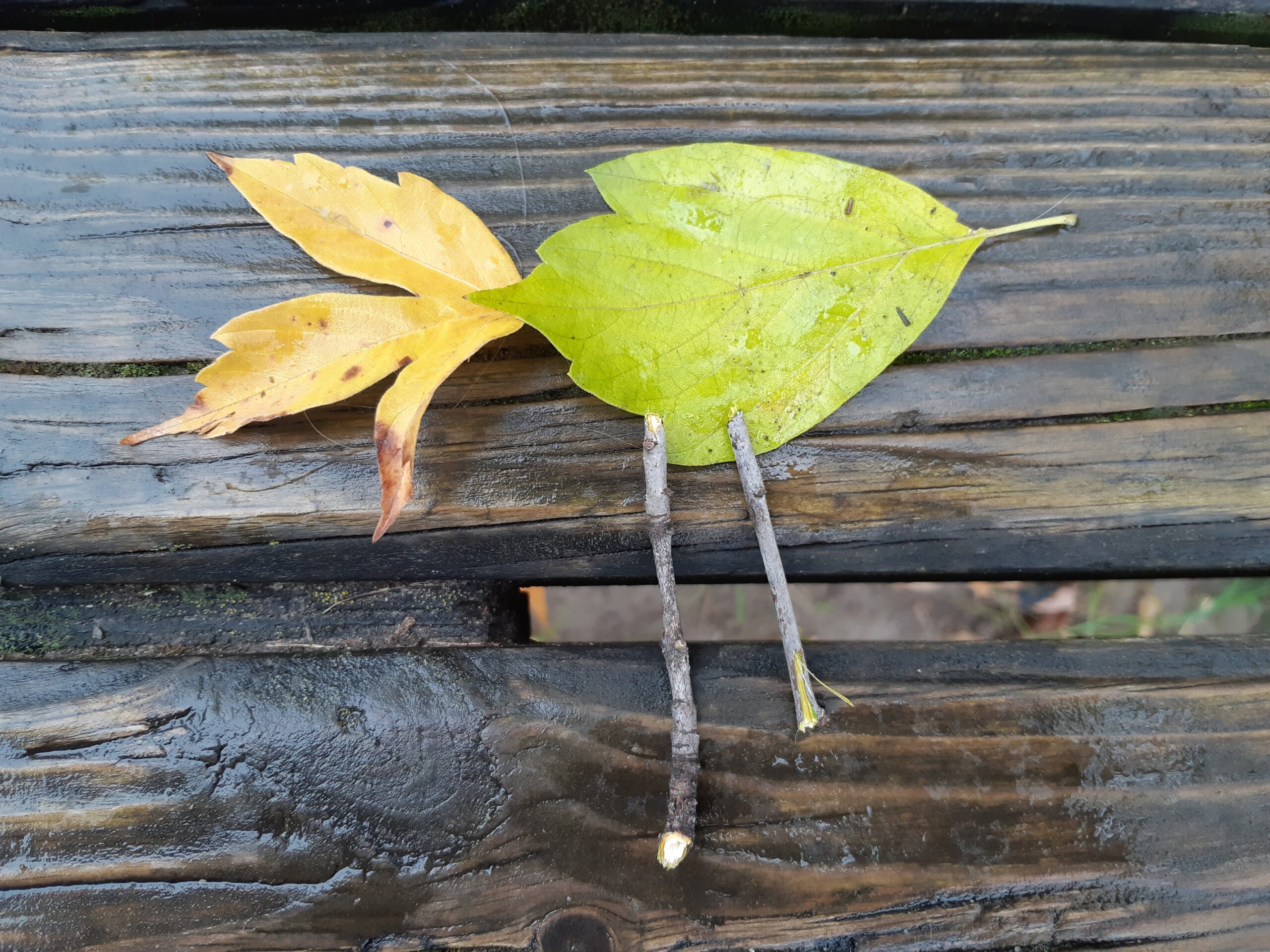
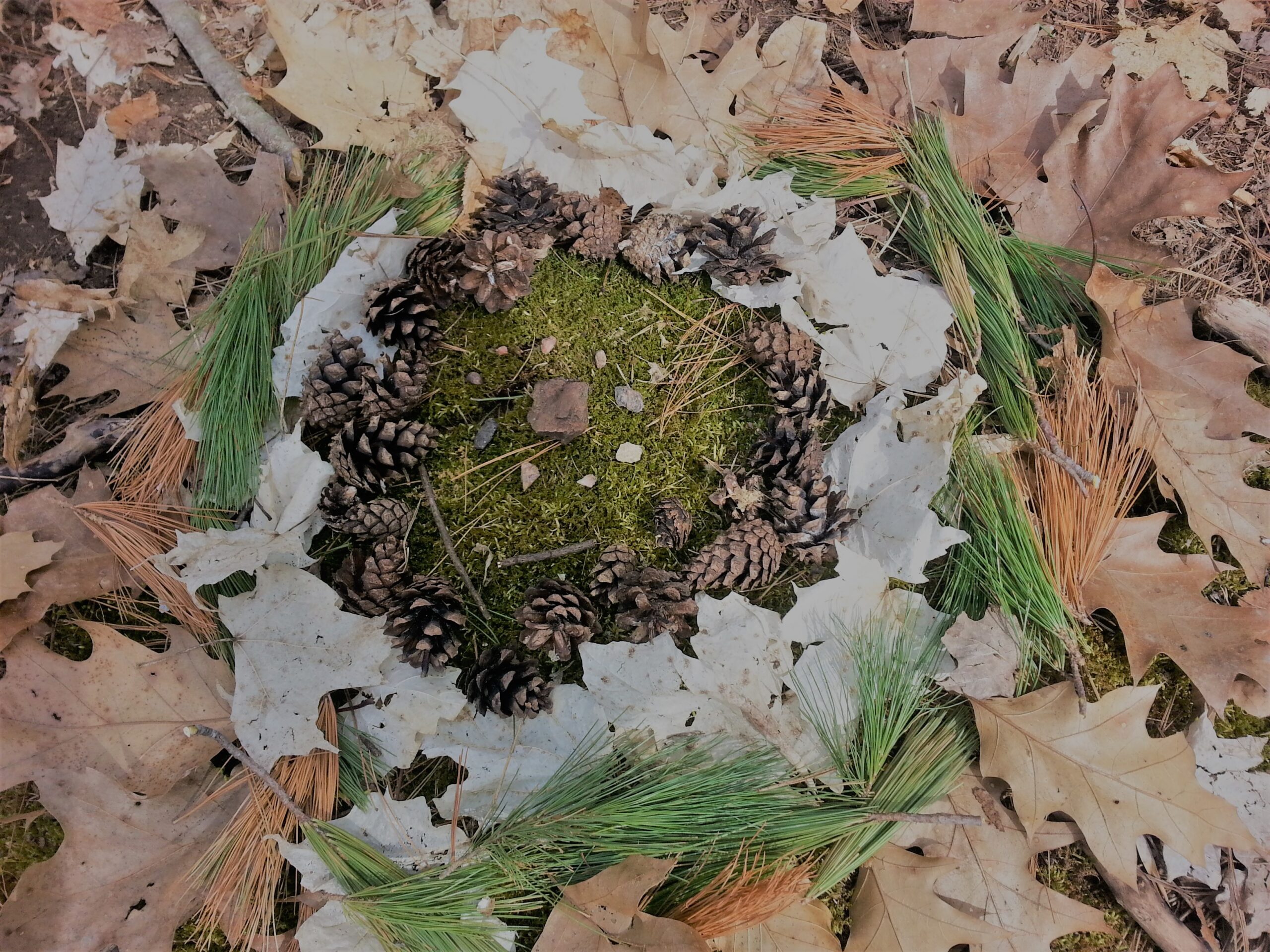
Snowshoeing (winter)
How do snowshoes work? What are traditional snowshoes made of and what is their role in Indigenous culture and history? Let us bring our snowshoes to your school as we explore local green space and learn about the environment through games and activities.
Curriculum Links
All Grades
- active participation
- physical fitness through daily physical activity
- movement skills and concepts
- movement strategies
Grade Three
- Application: life in Canada-then and now
- Inquiry: Community and Challenges and Adaptations
- Understanding Context: Life in Colonial Canadian Communities
